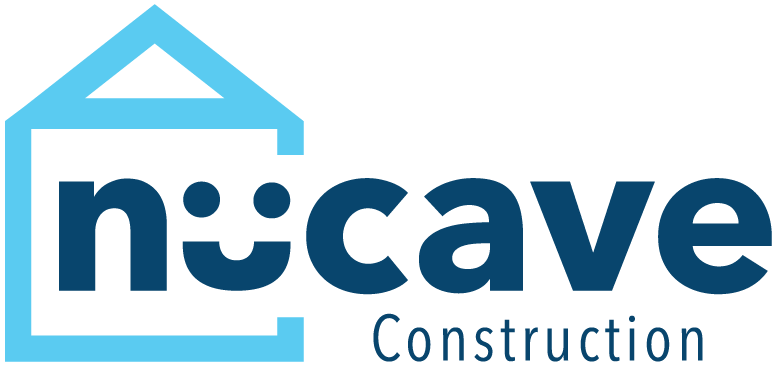Should I get a HELOC or use my 401K to finance an ADU?

As we progress through life, our housing needs often evolve. For many homeowners, adding an Accessory Dwelling Unit (ADU) can be a smart solution—whether it’s for aging parents, adult children, or as a rental opportunity. If you’re a 60-year-old homeowner with nearly paid-off property valued at around $700,000, you may be considering how to finance this project, which will likely cost about $100,000. Two popular financing options are tapping into a 401(k) or utilizing a Home Equity Line of Credit (HELOC). Let’s explore the pros and cons of each to help you make an informed decision, especially in today’s market conditions.
Understanding Your Financing Options
401(k) Withdrawal or Loan
Using your 401(k) to fund your ADU might seem appealing. After all, it’s your money, but there are several factors to consider
Pros:
- Access to Funds: If you’re over 59½, you can withdraw from your 401(k) without facing penalties. This gives you the potential to access a substantial amount.
- No Monthly Payments: Unlike a loan, a withdrawal means you won’t have monthly payments, which can ease your cash flow.
Cons:
- Tax Implications: Withdrawals are usually subject to income tax, which could significantly reduce the net amount you receive. Depending on your tax bracket, this could mean losing a considerable portion of your funds.
- Impact on Retirement Savings: Pulling money from your retirement account can diminish your long-term savings. In a strong market where your investments are earning a healthy return, this can be especially detrimental.
- Opportunity Cost: The funds you withdraw will no longer grow tax-deferred. If the market continues to perform well—let’s say your mutual funds are currently yielding an 8% return—you could miss out on substantial gains.
Home Equity Line of Credit (HELOC)
A HELOC allows you to borrow against the equity in your home, offering flexibility and generally lower interest rates
Pros:
- Access to Equity: With your home valued at $700,000 and assuming you have about $400,000 in equity, you could access significant cash. This could provide ample funds to cover the $100,000 ADU cost.
- Tax Benefits: Interest on HELOCs may be tax-deductible if the funds are used for home improvements, providing potential savings.
- Flexible Borrowing: With a HELOC, you can draw funds as needed, allowing for better cash flow management during the construction process.
Cons:
- Monthly Payments: A HELOC will require monthly repayments, which can impact your budget, especially if you’re living on a fixed income.
- Higher Interest Rates: Currently, HELOC interest rates are around 6.5%, which can increase your overall borrowing costs compared to the potential gains in a well-performing investment portfolio.
- Risk of Foreclosure: Since your home serves as collateral, failure to make payments could put your property at risk.
Example: Meet Sarah
Let’s consider Sarah, a 60-year-old woman nearing the end of her mortgage. She’s thinking about building an ADU for her adult daughter, with a projected cost of $100,000. Sarah is weighing her financing options between a 401(k) withdrawal and a HELOC.
Sarah's 401(k) Scenario
If Sarah decides to withdraw $50,000 from her 401(k), she’ll face income taxes on that amount. Assuming a 20% tax rate, she would only receive about $40,000 to put toward the ADU. While this option avoids monthly payments, she realizes her retirement savings will take a significant hit. Given the current market conditions, where her mutual funds are earning a solid return—let’s say 8%—withdrawing her funds means she misses out on approximately $4,000 in potential growth over the next year alone.
Sarah's HELOC Scenario
Instead, Sarah looks into a HELOC. After consulting with her bank, she discovers she can access up to $400,000 based on her home equity at a competitive interest rate of 6.5%. She decides to draw the full amount to fund the ADU. While this option means she will have monthly payments, the interest may be tax-deductible, making it more manageable in the long run. Additionally, her retirement savings remain intact, allowing her to maintain her financial security and continue to benefit from market gains.
Conclusion
Both a 401(k) withdrawal and a HELOC offer potential pathways for financing an ADU, but each has its own set of advantages and risks. For someone like Sarah, the choice depends on her comfort with monthly payments, the impact on her retirement savings, and her long-term financial goals.
Before making any decisions, it’s vital to consult with a financial advisor to evaluate your unique situation and objectives. Building an ADU can be an enriching endeavor that enhances your living space and financial stability, but it’s essential to select the financing option that aligns best with your retirement plans. Happy building!


